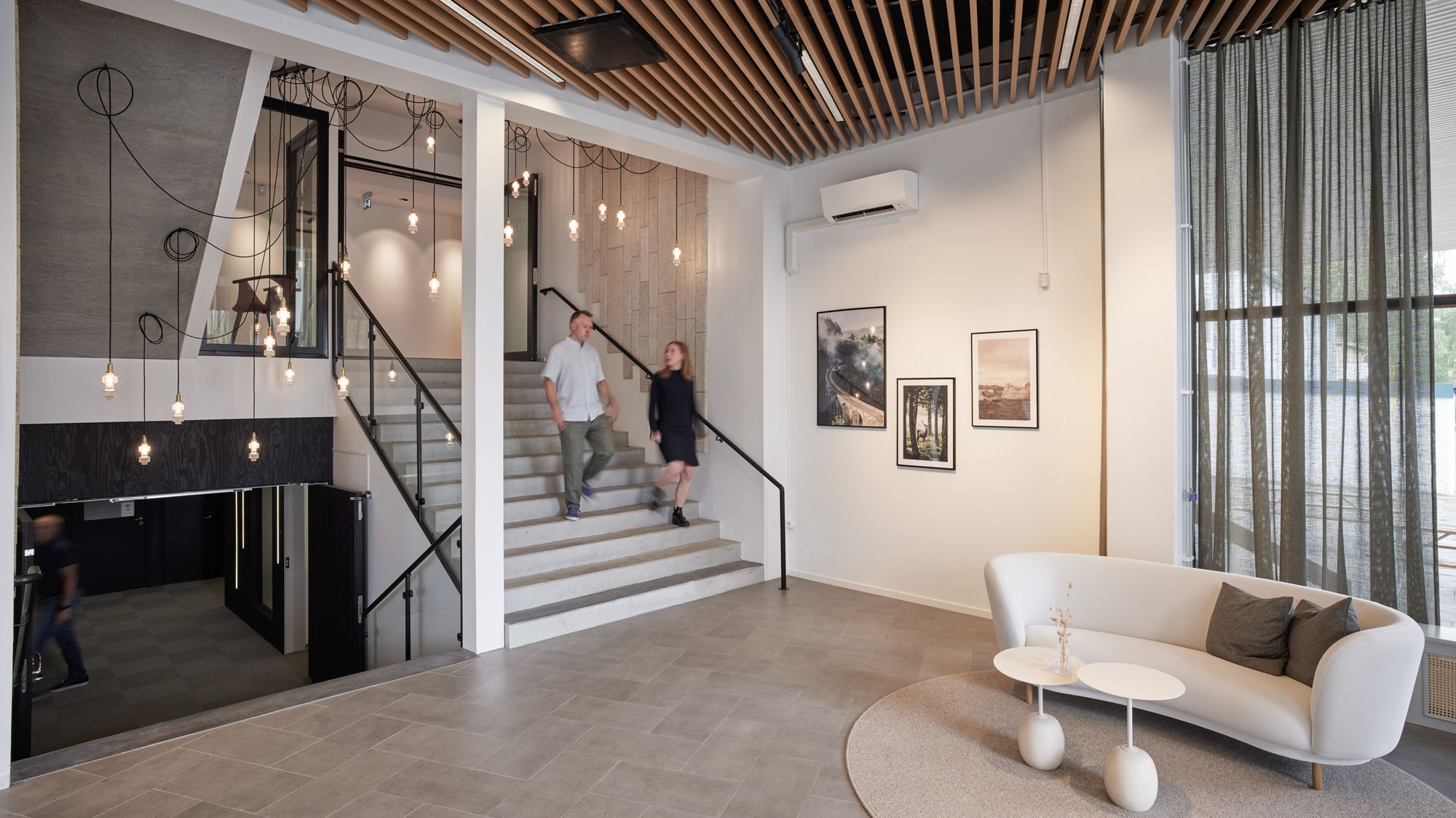Requirements for illuminance
Good visual communication and recognition requires a sufficient level of brightness on objects and, above all, on people's faces. Therefore, the surfaces and "spaces" in which people move or work have to be sufficiently illuminated. This can be fulfilled by ensuring sufficient levels of average cylindrical illuminance.

For surfaces where the demand for visual communication is especially important, for example, in offices and educational establishments, the maintained average cylindrical illuminance must not normally be less than 150 lx, with uniformity of min/avg ≥ 0.1. If the entire room, excluding the wall zone, is defined as the working area, the cylindrical illuminance shall be calculated for the same surface area. If the working area and the immediate and peripheral surrounding areas are defined separately, the requirement for cylindrical illuminance shall be met for the area corresponding to the size of the working area and the immediate surrounding area, such as in offices.
